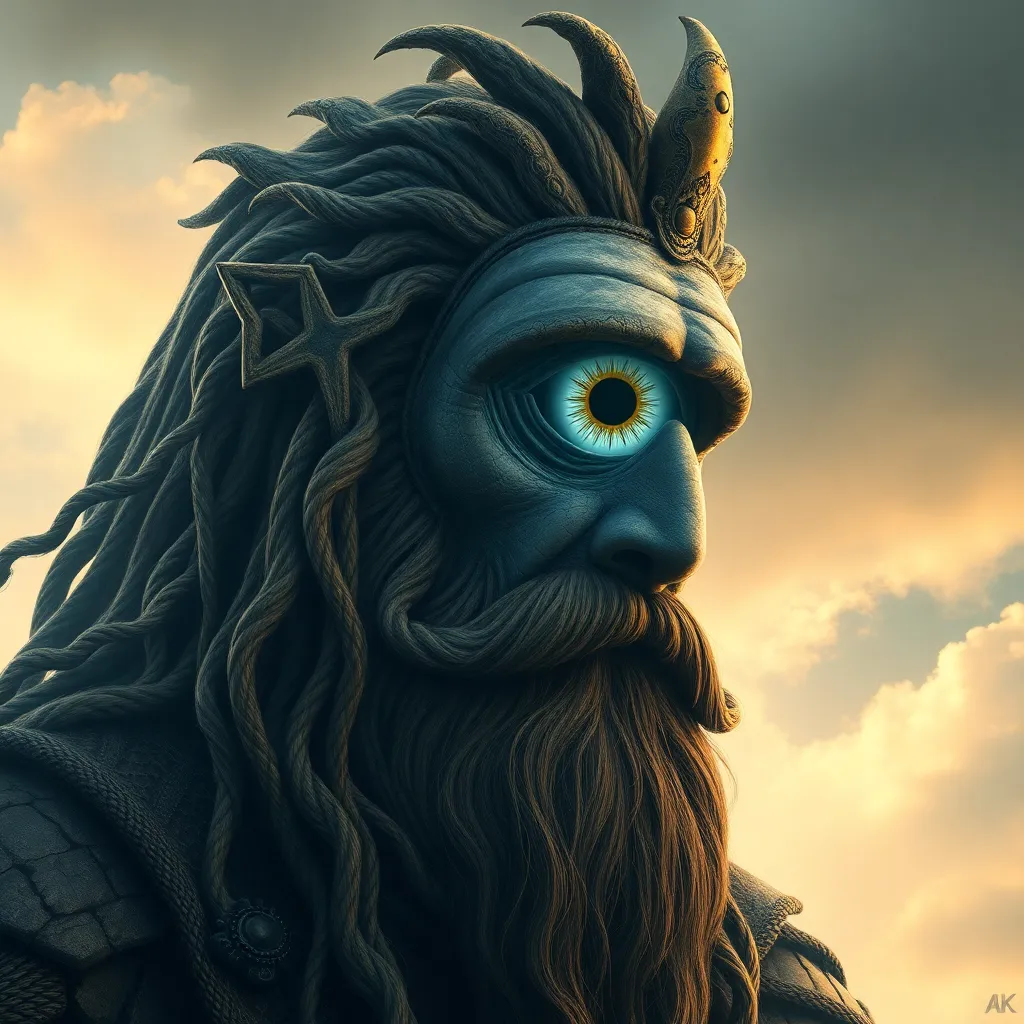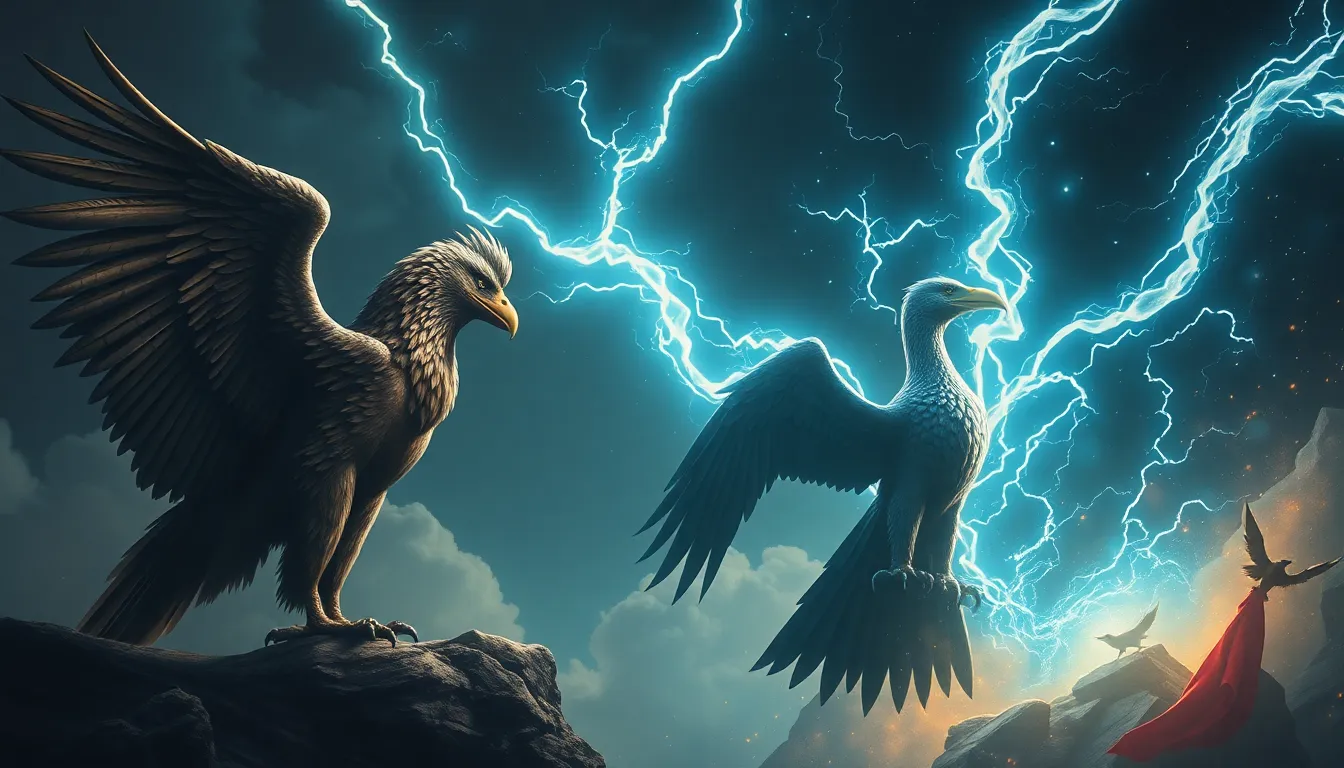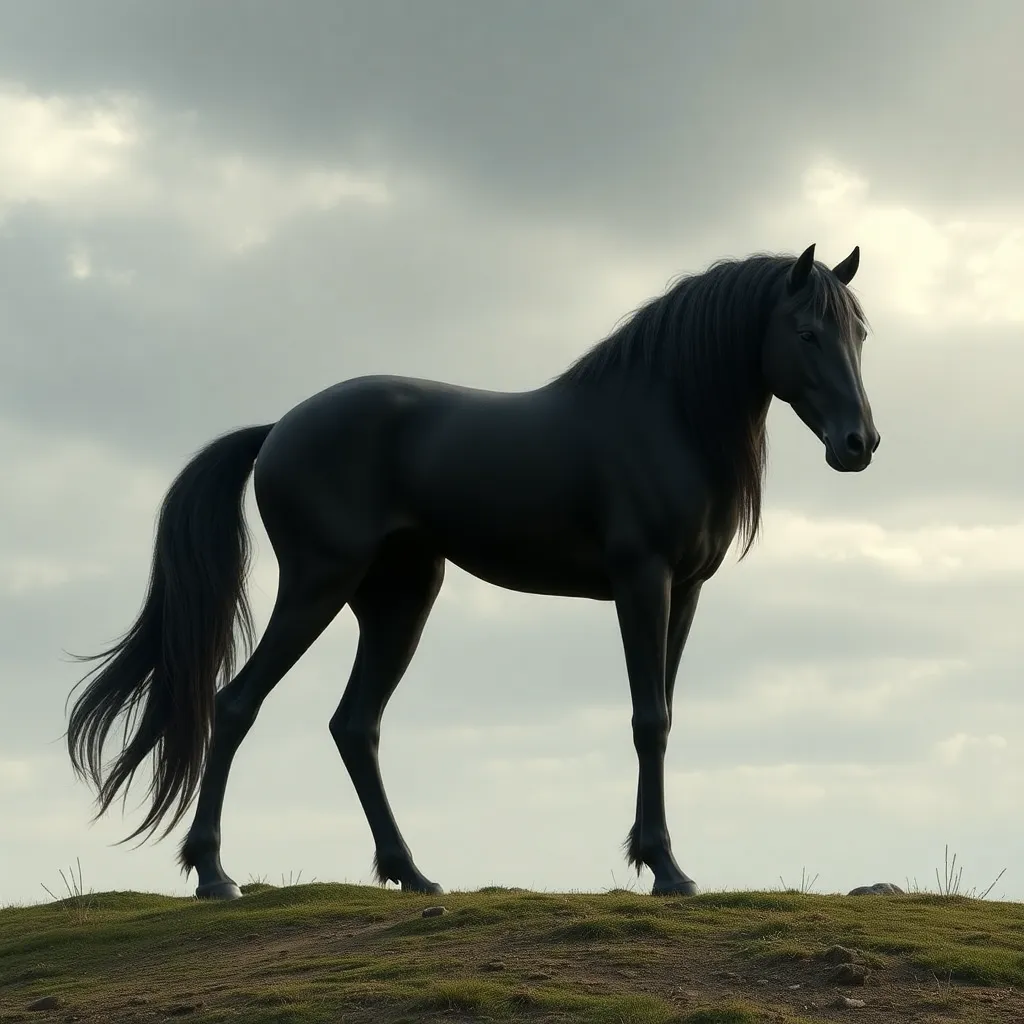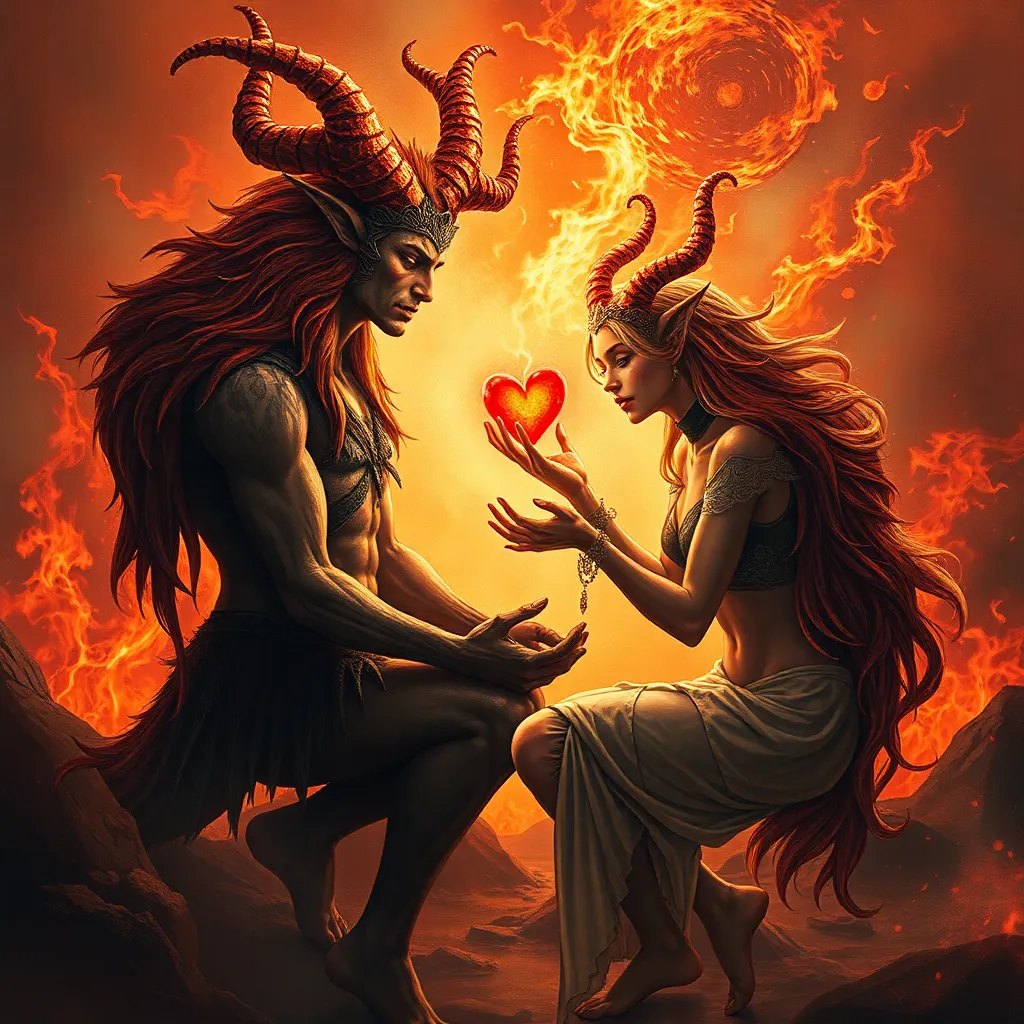The Cyclops and the Norse Gods: Exploring the Relationship between the One-Eyed Giant and the Aesir and Vanir
I. Introduction
The Cyclopes are fascinating figures in mythology, often depicted as one-eyed giants possessing immense strength and unique abilities. Their portrayal varies significantly across different cultures, most notably in Greek mythology, where they are known for their craftsmanship and brute force.
In contrast, the Norse pantheon consists of two main groups of deities: the Aesir and the Vanir. The Aesir are associated with power and governance, while the Vanir embody fertility and prosperity. Both groups play crucial roles in the rich tapestry of Norse mythology.
This article aims to analyze the connections between Cyclopes and the Norse gods, exploring how these mythological figures might relate to each other and what their narratives reveal about ancient beliefs.
II. The Mythological Origins of the Cyclops
Cyclopes first emerged in Greek mythology, with the most famous among them being Polyphemus, a character in Homer’s “Odyssey.” These one-eyed giants were often portrayed as brutish and uncivilized, yet they also possessed incredible strength and skill in crafting weapons and tools.
Different cultures depict Cyclopes in various ways, from the monstrous figures of Greek tales to more benevolent beings in other mythologies. For instance, in Sicilian legends, Cyclopes are seen as skilled craftsmen who forged Zeus’s thunderbolts.
The significance of the one-eyed giant in mythic narratives often symbolizes raw power, isolation, and the theme of the outsider, representing the tension between civilization and barbarism.
III. The Aesir and Vanir: An Overview
The Aesir are a group of deities associated with warfare, power, and governance. Key figures include:
- Odin: The All-Father and god of wisdom, poetry, and war.
- Thor: God of thunder, known for his strength and protection of humanity.
- Frigg: Odin’s wife, associated with love and fertility.
The Vanir, on the other hand, are gods associated with fertility, prosperity, and the natural world. Important figures include:
- Njord: God of the sea and winds, associated with wealth.
- Frey: God of fertility and prosperity.
- Freyja: Goddess of love, beauty, and fertility.
Both groups of gods have distinct characteristics and play essential roles in the complex relationships and narratives of Norse mythology.
IV. The Cyclops in Norse Mythology
While Cyclopes are primarily associated with Greek mythology, Norse legends contain beings that share similarities with them. Jotnar, or giants, often embody characteristics akin to Cyclopes, including their immense size and strength.
One notable figure is the giant Þjazi, who, like the Cyclopes, possesses immense power and is a significant antagonist in Norse myths. However, unlike Greek Cyclopes, the giants in Norse mythology often engage with the gods in a more complex manner, sometimes serving as both adversaries and allies.
The role of the Cyclops in Norse cosmology can be viewed through the lens of giants and their interactions with the Aesir and Vanir, suggesting a shared mythic tradition that emphasizes the struggle between order and chaos.
V. The Relationship between Cyclopes and Norse Deities
Possible interactions between Cyclopes and the Aesir or Vanir are not explicitly documented but can be inferred through the shared themes of power, isolation, and conflict. The one-eyed figure might symbolize the all-seeing nature of certain deities, such as Odin, who sacrificed an eye for wisdom.
Symbolically, the one-eyed giant can represent various concepts in Norse culture:
- Power: The Cyclopes’ immense strength parallels the physical prowess of gods like Thor.
- Isolation: The Cyclops often lives in solitude, reflecting themes of loneliness seen in characters like Odin.
- Wisdom and Knowledge: The eye can symbolize insight and the pursuit of knowledge, essential traits for gods in the Norse pantheon.
Myths that suggest a connection between Cyclopes and Norse gods often emphasize these overlapping themes, showcasing the complexity of mythological narratives across cultures.
VI. Themes of Power and Isolation
The Cyclops serves as a potent symbol of raw power in mythology. Their brute strength is often juxtaposed with the cunning and wisdom of the gods, highlighting the delicate balance between might and intellect.
Isolation is another significant theme in Cyclops mythology. The one-eyed giant’s solitary existence can be seen as a metaphor for the struggles faced by certain Norse gods, such as Odin, who often seeks knowledge at great personal cost.
Parallels can be drawn between the experiences of Cyclopes and the lives of specific Norse gods, emphasizing the shared human experience of power dynamics and the consequences of isolation.
VII. Cultural Exchange and Influence
The impact of Greek mythology on Norse beliefs is evident in various aspects of their narratives. Historical interactions, such as trade and exploration, allowed for cultural exchange, leading to the incorporation of Cyclopean traits into Norse giants.
The Viking Age saw Norse explorers encountering other cultures, leading to a blend of mythological elements. This historical context provides insight into how Cyclopes may have influenced Norse representations of giants, enriching their mythological landscape.
VIII. Conclusion
In summary, the exploration of Cyclopes and their potential connections to the Aesir and Vanir reveals a rich tapestry of mythological themes and symbolism. From their origins in Greek mythology to their echoes in Norse tales, the Cyclops embodies the complexities of power, isolation, and cultural exchange.
The enduring legacy of the Cyclops in Norse mythology highlights the significance of mythological connections across cultures, reminding us of the shared human experience that transcends time and geography.
As we continue to explore these ancient tales, we uncover not only the narratives of gods and giants but also the timeless themes that resonate within our own lives.



